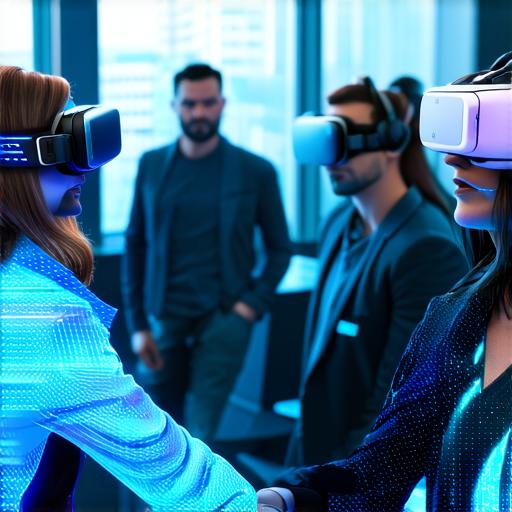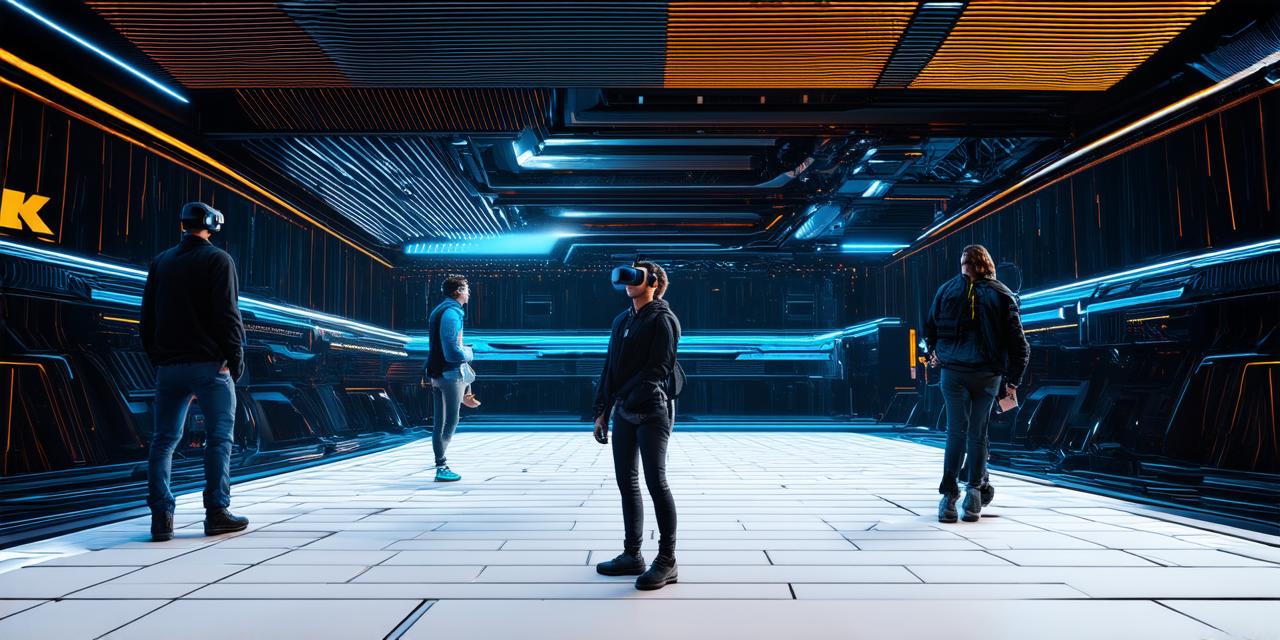
Virtual Reality 101: An Overview of the Technology
Virtual reality technology involves the use of computer-generated simulations to create immersive experiences that mimic real-world environments. These simulations are presented through specialized headsets or displays that track a user’s movements and adjust their view in response to their actions. There are two main types of VR: room-scale (where the user has a fixed physical space) and standalone (where the user can move around freely).
Virtual reality technology has come a long way since its inception, with advancements in graphics, processing power, and sensor technology leading to increasingly realistic and immersive experiences. The VR market is expected to continue growing, with predictions of $300 billion by 2024, as more industries recognize the potential for VR to revolutionize their operations.
Virtual Reality in Healthcare: Applications for Medical Training and Treatment
One of the most promising applications of virtual reality in modern society is in healthcare. VR technology can be used for medical training, allowing doctors and nurses to practice procedures in a safe and controlled environment. This has the potential to reduce errors and improve patient outcomes, as well as providing a way to train staff who may not have access to specialized equipment or facilities.
For example, VR simulations can be used to train surgeons in complex procedures such as cranial surgery or heart transplants. These simulations allow doctors to practice their skills and become more confident in their abilities before performing the procedure on a real patient. This not only reduces the risk of complications but also saves time and resources for hospitals.
Virtual Reality in Real Estate: Visualizing and Selling Properties
Another industry that has embraced virtual reality technology is real estate. VR allows potential buyers and renters to virtually tour properties, giving them a better understanding of the space and its features. This can help save time and money for both the buyer and seller, as well as reducing the need for physical viewings.
Real estate developers have also been using virtual reality technology to create interactive showrooms that allow potential buyers to customize properties in real-time. This not only saves time but also allows buyers to see exactly what they are getting before making a purchase decision.
Virtual Reality in Education: Enhancing Learning Experiences
Virtual reality technology has the potential to revolutionize education, allowing students to experience immersive and interactive learning environments. VR can provide a safe and controlled environment for students to practice and experiment with complex concepts, such as physics or engineering. This not only enhances their understanding of the subject matter but also makes learning more engaging and enjoyable.
For example, VR simulations can be used to teach biology students about the human body by allowing them to explore the internal organs and systems in 3D. This not only helps students visualize the concepts better but also allows for hands-on experimentation without the need for physical specimens.
Virtual Reality in Tourism: Exploring New Destinations
The travel industry has also been quick to adopt virtual reality technology, allowing tourists to explore new destinations before they even leave their homes. Virtual reality can provide an immersive and interactive experience that allows tourists to see and learn about a destination in a more engaging and memorable way.
Virtual reality tours of museums, historical sites, and natural wonders can be accessed from anywhere in the world, allowing tourists to explore new places without leaving their homes. This not only saves time and money but also reduces the environmental impact of tourism.
Conclusion: The Future of Virtual Reality in Modern Society
Virtual reality technology is already revolutionizing many industries, and its potential for future developments is vast. As more people become familiar with virtual reality technology and its applications, we can expect to see even more innovative uses of VR in modern society.
For VR developers, the opportunities for innovation are endless, as they continue to push the boundaries of what is possible with this technology. Whether it’s creating immersive training simulations, visualizing complex systems, or exploring new frontiers in education and entertainment, virtual reality technology has the potential to transform our world in ways we can only begin to imagine.
FAQs
Virtual Reality: Practical Uses and Future Developments
